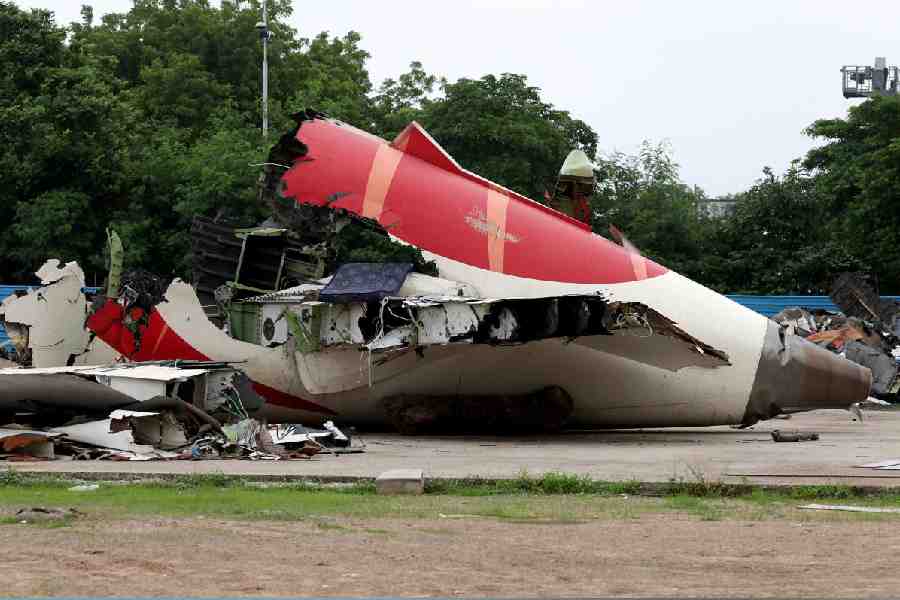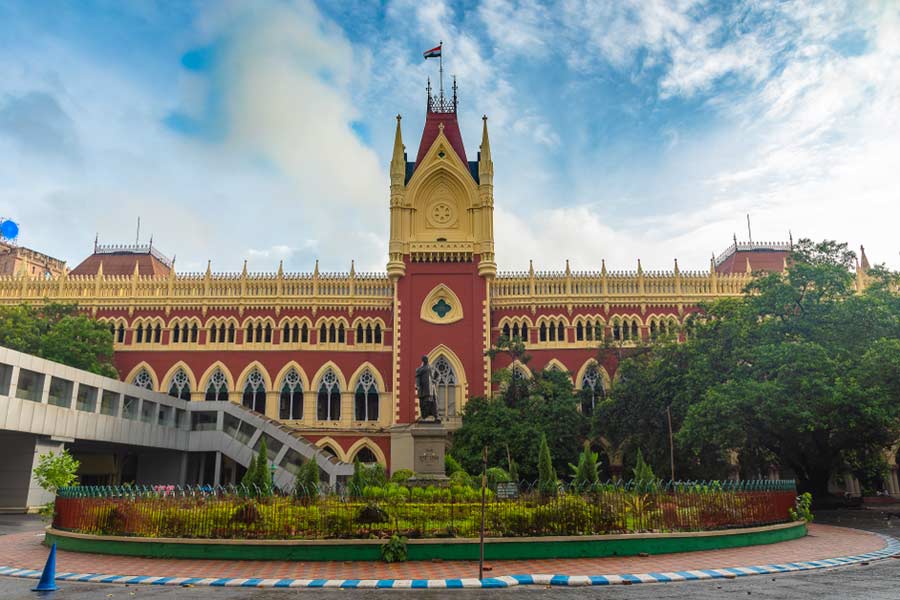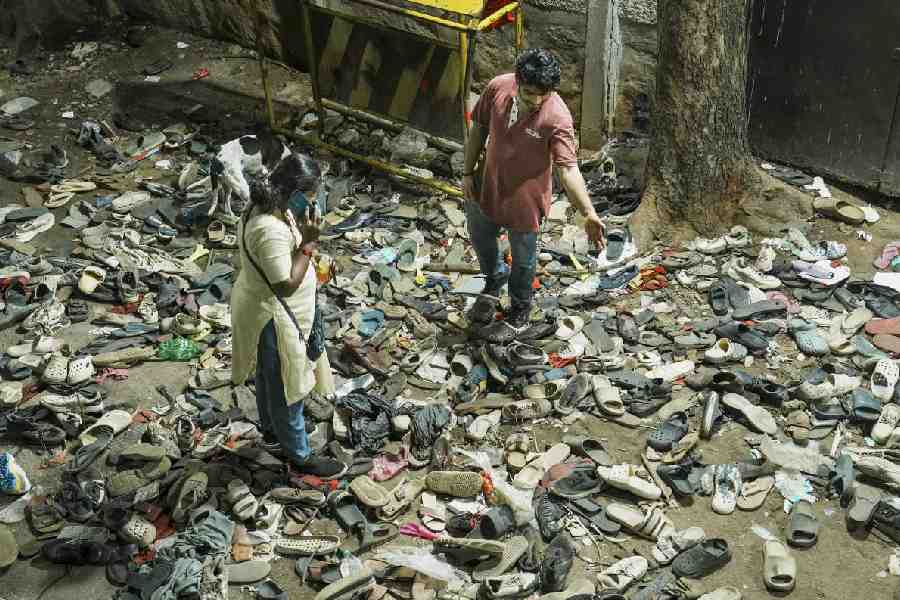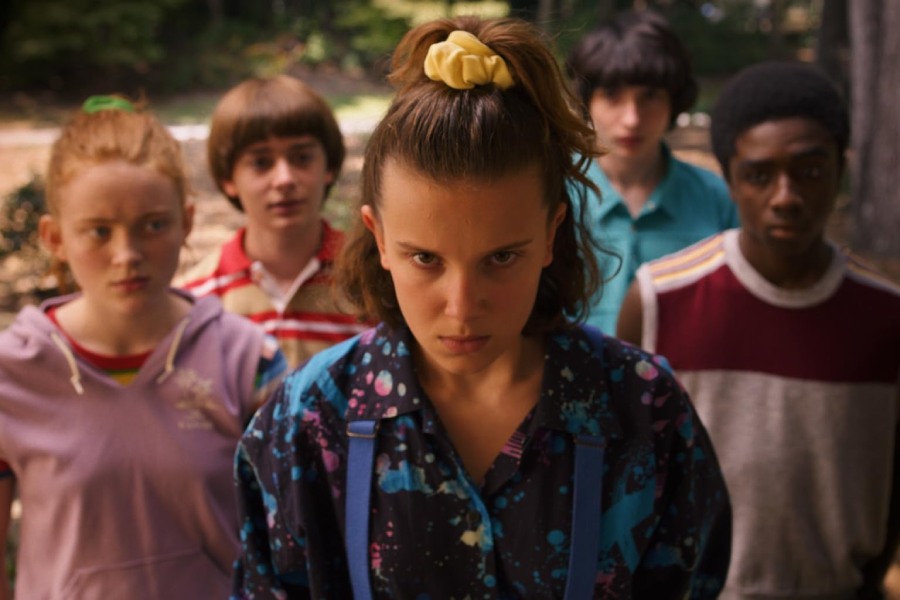

With barely weeks to go for Bengal to tune in to the Mahishasuramardini programme at dawn, Indira Biswas Basu of BF Block who has written her doctoral thesis on the subject turns the clock back to the early years of Akashvani
Mahalaya, 1976. Breaking away from its time-tested Mahalaya broadcast, All India Radio was presenting a new programme Deving Durgatiharinim helmed by Hemanta Mukherjee, featuring popular singers like Lata Mangeshkar and Asha Bhosle and with Uttam Kumar doing the narration in Bengali.
But contrary to expectations the programme flopped. People demanded that Birendra Krishna Bhadra’s version, on since the 1960s, be revived. This is the same recording that we shall be hearing again on Mahalaya, October 12.
Back in the day, AIR would begin broadcast from 7am. But in 1930, they hosted an hour-long Puja-related programme from 6am on Mahalaya and it proved to be very popular. The show was called Prabhati Anushthan and similar programmes were aired every Mahalaya thereafter under various names.
The name Mahishasuramardini was first used in 1937 when the team behind the programme was first mentioned by name. Bani Kumar was credited for writing the script, Pankaj Kumar Mullick for composing the music and Bhadra for reciting the stotras. In the initial years, the shows were live but ever since it got recorded in the 1960s the same recording is played every year.
While the show would first be aired on Mahalaya at 6am, the timings gradually got pushed back to 5.30am and 4am from the 1950s, which continues to date.
But Mahishasuramardini was not without controversy. Certain sections of society, in the 1930s, objected to Bhadra doing the Chandipaath as he wasn’t a Brahmin.

“Ami path kori na, ami pujo kori,” Bhadra would say humbly and when his voice emanated from every house at day-break on Mahalaya, the entire city seemed to be performing puja. Bani Kumar refused to replace Bhadra and the matter ended there.
On radio with make-up
AIR is not the name the company started with. The first broadcast was in 1927 — from July in Bombay and August in Calcutta — under the name of Indian Broadcasting Company. But the government took it over in the 1930s as an effective means for propaganda and the radio reached more cities.
The name was changed to All India Radio in 1936.
On the second day of transmission in Calcutta — August 27, 1927 — the famous singer Indubala was invited to come and sing. But she had come in heavy make-up and jewellery, as if this was a stage performance. The Bengali programme director Nipendranath Majumdar laughed as he realised Indubala had not understood how a radio could broadcast sound but not images.
But many singers could never be invited to sing for the radio due to a logistical problem. In the early days, they used Reitz microphones that required one to speak from a distance of two feet. If the voice was too loud, the valves would burst. So many ustads, known for their high pitch voices, were out of bounds for AIR.

Wooing women
Since it was difficult for professional singers to come to the studio daily, AIR realised it would have to tap amateur talents. This was an uphill task as singing publicly was not considered decent in those days, especially for women.
Talent was aplenty, as many girls learnt singing, even if primarily to perform before prospective grooms. So radio officials started coaxing daughters and nieces of all their acquaintances into singing for them.
The plan worked so well that soon AIR was getting swamped by amateurs wanting to sing on the radio. They had to start holding auditions — Nabaagater Ashon — in 1937, just 10 years after the first radio programme was aired. In just 10 years the radio had single-handedly made it respectable for women to sing outside their homes.
In fact, in 1940 AIR had to place an advertisement in the newspaper asking people to beware of crooks who had been taking money in exchange for a chance to sing on the radio.
Fame and scandal

The two biggest celebrities AIR created were Birendra Krishna Bhadra and Jogesh Chandra Bose. Back in the day there would be time slots in the morning, day and evening when the channel would air and there would be breaks in between.
During these breaks, the artistes and programming heads would stay back at the studio at No 1 Garstin Place (they shifted to Akashvani Bhawan in 1958) and brainstorm. One such talk show host was Bose, who would weave such beautiful stories that they decided to allot him a children’s story-telling show called Galpo Dadur Ashor in 1928. Children loved it. After he passed away, the programme continued but subsequently no other host was allowed to call himself “Galpo Dadu” in deference to him.
As for Bhadra, listeners believed him to be an elderly man. But once he appeared in a 1930 film titled Chup. Audiences, used to his voice so long, saw he was just in his 20s. Women fell for him hook, line and sinker.
Female listeners in those days would not be too educated so Bhadra started hosting a show name Mahila Majlish, where he would share general knowledge facts with them. The show hit dizzy heights of popularity but some women appeared to be against a man hosting a women’s show.
.jpg)
Many letters of protest were received by AIR as well as newspapers. Amrita Bazar Patrika tried to trace the letter-writers but found that no women with corresponding names lived in those addresses! It was a huge scandal and in 1934 an exasperated Bhadra quit the show.
In the late 1940s, Bela Dey became popular by hosting women’s shows teaching cooking, stitching etc.
Singers Anadi Kumar Dastidar and Pankaj Mullick were big stars too and played a pivotal role in popularising Rabindrasangeet on the radio. Mullick would host Sangeet Shikshar Ashor, where he would teach songs. The lyrics of the songs would be published beforehand in Betar Jagat, the radio journal that would be published fortnightly from 1929 to 1985.
The term “adhunik Bangla gaan” was coined for and by AIR as programmers didn’t know which segment to slot songs by contemporary composers in. Rabindrasangeet wasn’t a genre yet then and fell in this category too.
There was also a European programming division that would relay live western music from Grand Hotel and Firpo’s restaurant on Saturday nights for people to dance to at home. Sunday morning church service would also get broadcast. Listeners would follow the news to improve their English. Hindi programmes started later on.
Modern times
AIR is still very popular in rural India but I, like much of the urban populace, do not get a chance to follow it.
I find radio hosts today to be theatrical. They have poor pronunciation. In its heyday, AIR would be very particular about the pronunciation of its hosts.
But like everyone else, I shall surely tune in to Mahishasuramardini on Mahalaya.
(As told to Brinda Sarkar)
Write in to saltlake@abpmail.com











